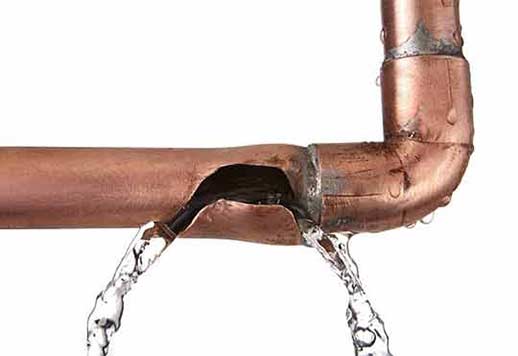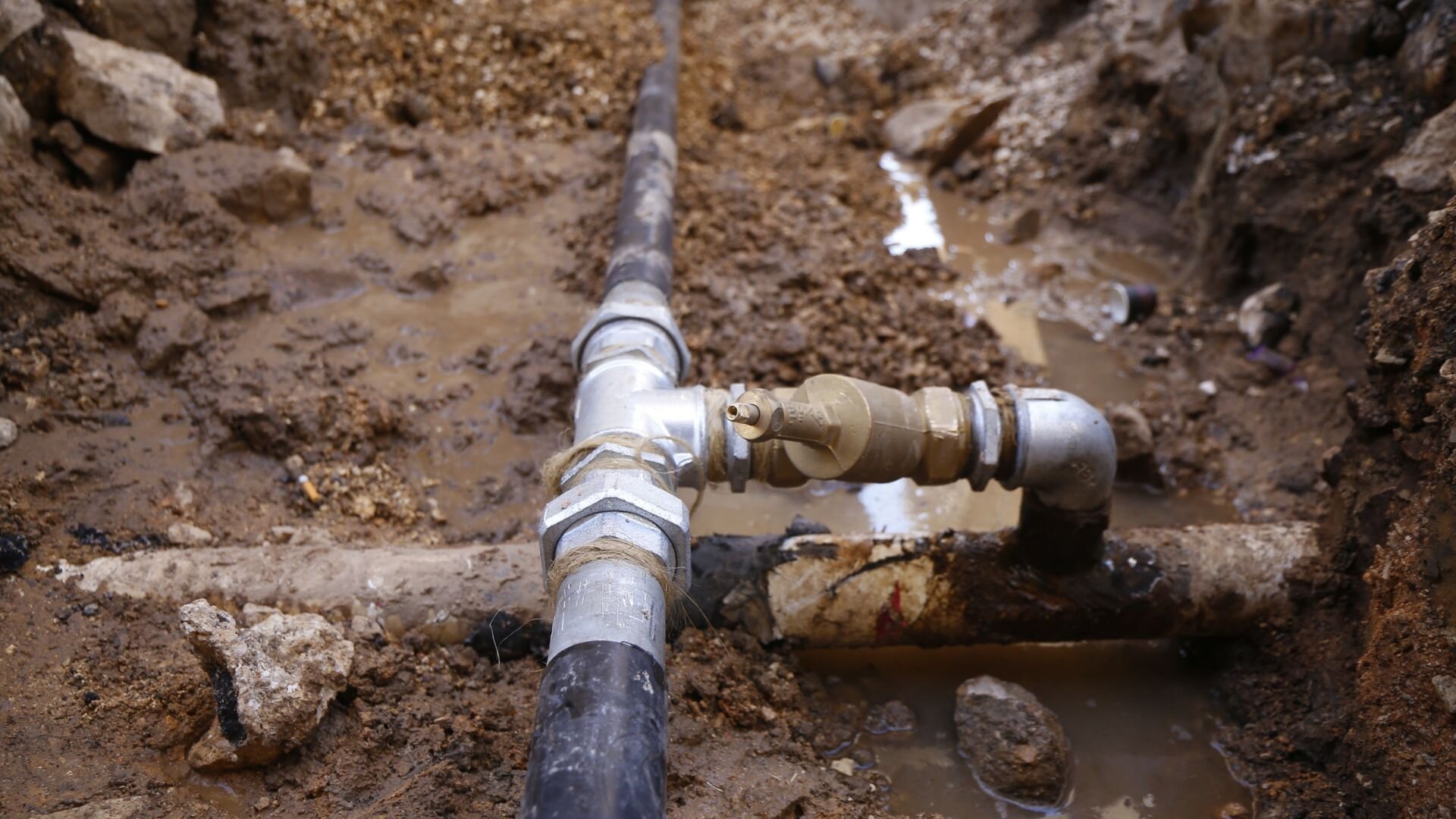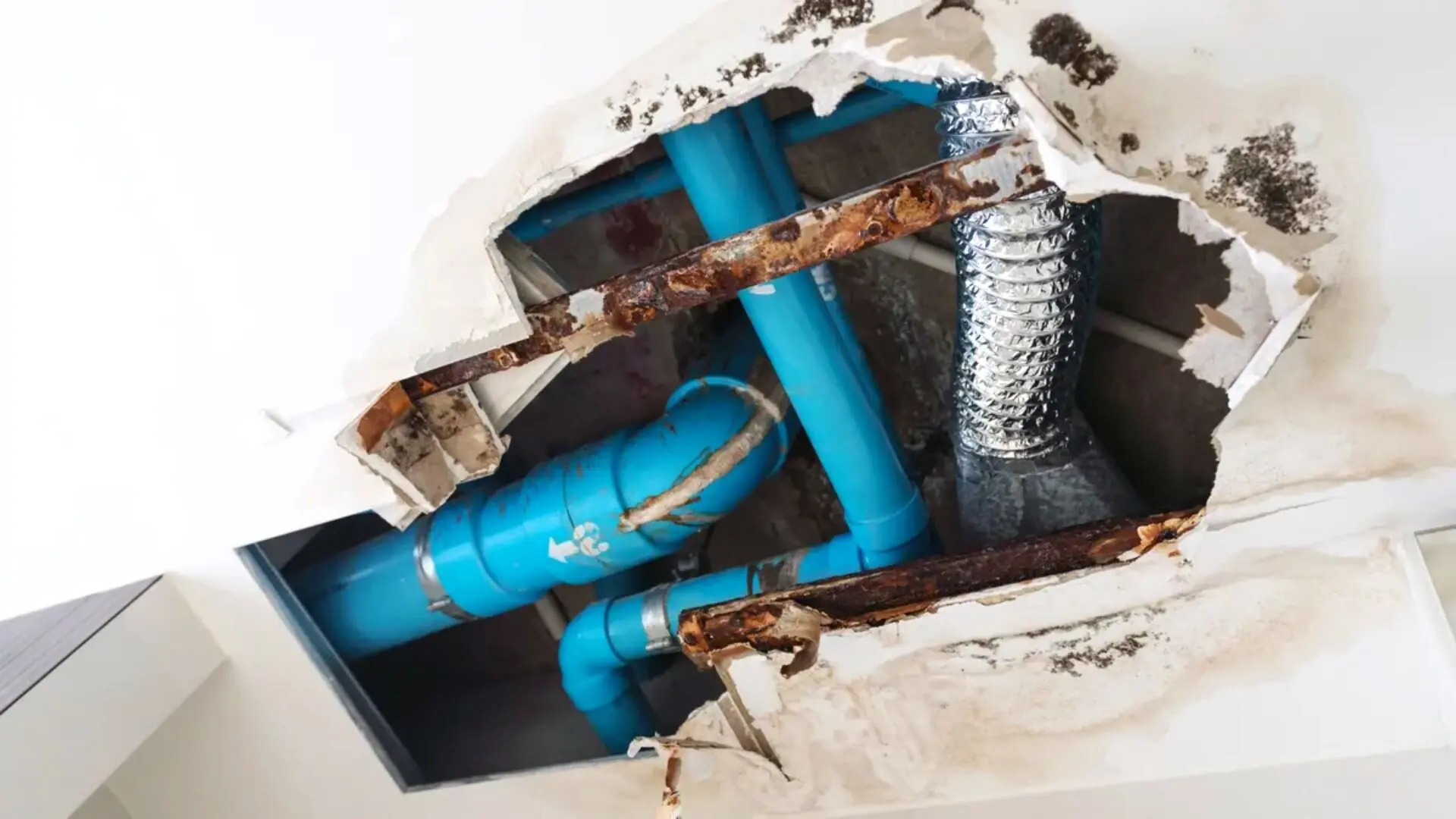What to Do When a Burst Pipe Causes Water Damage in Your Home
What to Do When a Burst Pipe Causes Water Damage in Your Home
Blog Article
Protecting Against Burst Pipes: Crucial Tips to Shield Your Pipes
Protecting against ruptured pipes is a crucial issue for property owners, particularly during colder months when the threat of cold is heightened. Carrying out critical procedures such as appropriate insulation, regular evaluations, and keeping consistent interior temperature levels can significantly decrease the possibility of pipe failing.
Understand Pipeline Vulnerabilities
Understanding pipe vulnerabilities is important for reliable plumbing upkeep and avoiding expensive damages. A number of elements contribute to the sensitivity of pipes to ruptureds, consisting of product structure, age, and environmental conditions. Older pipelines, specifically those made from galvanized steel or polybutylene, typically degrade gradually, causing boosted risk of leakages and tears.
Temperature level variations can also significantly impact pipe integrity. In chillier environments, water entraped in pipes can ice up, putting in and expanding pressure on the pipeline wall surfaces, which may inevitably bring about a burst. Additionally, high water stress can strain pipelines, particularly at bends and joints, increasing the probability of failing.

Insulate Pipes Correctly
Appropriate insulation of pipelines is essential for avoiding cold and subsequent ruptureds throughout cool climate (burst pipe). Protecting your pipes system efficiently safeguards against temperature level drops that can result in expensive damage. Begin by identifying prone areas where pipes are subjected to outside temperatures, such as basements, attics, and exterior wall surfaces
Usage foam pipe insulation sleeves or cover insulation tape around these locations to give a safety obstacle. Ensure that all areas of the pipelines, especially those with minimal heat exposure, receive sufficient insulation. Pay unique attention to joints and installations, as these are a lot more susceptible to freezing.
When shielding, it's important to choose materials that meet local building ordinance and are ideal for the details setting. Fiberglass insulation is usually recommended for its thermal resistance buildings. Furthermore, consider making use of heat wires or tape in extreme problems, which can be plugged in to give supplemental warm
Consistently examine protected pipes for any signs of wear or damage, as jeopardized insulation can diminish its efficiency. By taking these aggressive procedures, you dramatically lower the risk of pipeline ruptureds, making certain a reliable pipes system throughout the cold weather.
Maintain Consistent Temperature Level
A steady indoor temperature is crucial for preventing ruptured pipelines during the frigid months. When temperatures decrease, water within pipes can ice up, broadening and producing stress that might ultimately trigger the pipes to burst.Making use of a programmable thermostat can assist manage indoor temperatures effectively, making certain that spaces with plumbing remain cozy even when the house is empty.
This small circulation of water can avoid cold by easing stress within the pipelines. By Full Report implementing these techniques, home owners can considerably lower the risk of pipeline bursts and protect their pipes systems versus the rough winter season components.
Regularly Examine Pipes
Normal evaluations of pipes systems are critical for preventing burst pipelines and maintaining general home stability. Routine checks enable home owners to identify prospective issues before they escalate right into costly repair services or significant water damages. Throughout these evaluations, it is important to take a look at noticeable pipes for signs of rust, leaks, or use. Pay special attention to areas susceptible to freezing, such as basements, attics, and outside walls.
Additionally, inspecting connections and joints is crucial, as these factors are typically vulnerable to leakages. House owners ought to likewise examine water pressure degrees, as extreme pressure can stress the pipes system and boost the risk of pipeline bursts.
Take into consideration scheduling expert pipes evaluations at the very least once a year, particularly prior to wintertime, to ensure your system is prepared for cooler temperature levels. By being proactive in your method, you can protect your home versus the turbulent and costly effects of burst pipes.
Know Emergency Procedures
Recognizing emergency situation treatments is crucial for every homeowner, especially after conducting routine plumbing examinations. Being read here prepared for a plumbing emergency can considerably mitigate damage and conserve costs.
Next, maintain crucial devices handy. A pipes emergency set ought to consist of a wrench, bettor, and towels, as well as a flashlight and a container for tiny leaks. In addition, take into consideration having the get in touch with info for a trusted plumbing technician easily offered, must the scenario rise beyond your control.
If you detect a leakage or burst pipe, instantly transform off the water system and notify your plumbing technician. Additionally, record the damages with photographs for insurance objectives. burst pipe. Recognize the indicators of potential plumbing problems, such as uncommon water pressure fluctuations or damp places on walls
Inevitably, positive knowledge and speedy action are critical in managing pipes emergencies, guaranteeing your home remains secured and minimizing possible damage.

Final Thought
Finally, avoiding burst pipelines requires a multifaceted method that includes understanding pipeline vulnerabilities, proper insulation, keeping consistent indoor temperature levels, normal examinations, and knowledge of emergency situation procedures. By applying these crucial approaches, the risk More hints of pipes failures can be considerably lowered, consequently making sure the long life and effectiveness of the pipes system. Positive steps not just secure versus prospective damage however also add to overall water preservation and the defense of building.
In colder environments, water trapped in pipes can ice up, putting in and expanding pressure on the pipeline walls, which may inevitably lead to a burst. When temperatures drop, water within pipes can freeze, creating and expanding stress that may eventually cause the pipelines to burst. By implementing these methods, property owners can dramatically reduce the risk of pipe ruptureds and safeguard their pipes systems against the rough winter elements.

Report this page